Completes Work on Time
What does “Completes Work on Time” mean?
This skill relates to a child’s ability to finish a task given by a teacher or parent within a certain time. To show this skill, a child must meet expectations set by the adult within the time set by the adult. For example, the adult asks the child to clean up their toys in the next 10 minutes. This is an important skill because it shows that children can focus their attention and finish what they start on time.
What does this skill look like?

At Home
Asher’s mom asks him to get dressed in the next 10 minutes before they leave the house to go to a birthday party. Asher goes to his room and starts to put on his clothes. After he has put on his shirt, his sister calls him to come and see a show on TV. Asher says he can’t because he has to get dressed first. He finishes putting his clothes on and is dressed and ready to leave before the 10 minutes are over.

In The Classroom
During free play, Mariah is working on a puzzle. She is almost done putting the pieces together when her friend starts talking to her. The teacher tells the class that there are five minutes left before play time is over and clean-up starts. Mariah wants to finish her puzzle, so she stops talking to her friend and works for the next five minutes to fit the final pieces together.
 Children can see the value of “Completes Work on Time” in the book:
Children can see the value of “Completes Work on Time” in the book:
The Berenstain Bears and the Homework Hassle
For more information about this book and other books that highlight this skill, visit our READING LIST page.
TIPS FOR FAMILIES
How can I explain this skill to my child?
Explain to your child that all work has a start time, work time, and finish time. To emphasize the importance of a finish time, point out events in your child’s life that are important to complete on time. You could talk about how it is important to make it to the bus stop on time. If you get there too late, you will miss the bus. When we get to the bus stop on time, we get to ride the bus and get where we want to go!
What are some things I can do to help my child learn this skill?

Begin to teach your child about time. Children learn about time by seeing routines during the day. For example, in the morning we get up, use the bathroom, and get dressed. By helping your child understand their routines, you can teach them about completing work within a certain part of their day.
A chart can help your child learn that they need to complete one activity before they start the next activity.
- Teach your child about time by making a picture chart of their daily routine.
- Put the chart in a spot where your child can see it.
- Have your child check off tasks as they complete them.
My Morning Routine
Get up | Use the bathroom | Brush teeth | Get dressed | Eat breakfast | Put on shoes & coat | Leave for school |
|---|---|---|---|---|---|---|
 |  |  |  |  |  |  |

Beat the buzzer. You can help your child learn how to complete their work on time by playing games like “beat the buzzer.” Before asking your child to start a task, challenge them to complete it before a timer goes off or by the end of a song. Give your child more time to complete a task at first and then reduce the amount of time in the future.
- Only use this game for tasks that your child can do by themselves. See “Demonstrates Consistent Effort” for information on selecting tasks your child can do alone.
- This game should not be used with learning activities, such as your child’s homework. Children need time to work through learning activities without feeling pressured to finish.
- Try using a sand timer instead of a clock. A sand timer can be easier for children to understand because it shows your child how much time they have to do something, when that time is almost up, and when it is over.

Create an end goal. Give your child a goal that they want to reach before time runs out on an activity. For example, tell your child that if they get ready for bed in 10 minutes, then you will have time to read them an extra bedtime story. Remember to also tell your child what it takes to get ready for bed (e.g., change their clothes and brush their teeth).
How can I encourage my child when I see them trying to learn this skill?
Acknowledge your child for their efforts! For example, tell your child, “Wow, Mariah! You worked as quickly as you could to clean up your toys,” or “Asher, you did a great job of getting dressed in time for school today!” Click here for more ideas on how to encourage your child.
TIPS FOR TEACHERS
How can I explain this skill to children?
Explain the meaning of completing work on time by letting children know that all work has a start time, work time, and finish time. To emphasize the importance of getting things done by the “finish” time, try discussing regular events in children’s lives. For example, you could talk about riding the bus. The bus always comes at a certain time. If you don’t get to the bus stop on time, you will miss the bus. When we get to the bus stop on time, we get to ride the bus and get to our destination!
What are some examples of best practices from educational experts and fellow teachers?

Begin to teach children about time. Children learn about time by observing routines throughout the day. By helping children understand their routines, we can teach them about completing work within a certain part of the day. One way to do this is by making a chart of a daily routine with pictures and posting it in a spot where children can easily see it. This can help children understand that they should complete one activity before starting another. The pictures you use in your chart can also be pictures of your students completing the tasks (for example, a picture of a student hanging up their coat).
Our Morning Routine
Arrive at school |  |
Enter classroom |  |
Hang up backpack and coat |  |
Say "Hi" |  |

Make time visible. Even though children may not be able to tell time or read a clock, it is important to begin teaching them about time. Make time visible by using icons or a chart (like the one below). Let children know how much time has passed and how much time they have left to complete an activity. For example, you could point to the halfway icon and say, “You’ve been working for ten minutes. Half the time is gone. You have ten minutes left.” You can also put up an interactive icon on your SMART board that shows time elapsing.

Beat the buzzer. For compliance tasks, like lining up for lunch, children can learn how to do things on time with games like “beat the buzzer”. For example, during clean-up time, challenge children to get things done before a timer goes off or by the end of a song. Start off giving the class more time to complete a task and then reduce the amount of time as they get better at the task. This game should not be used for learning tasks (like completing a math worksheet) when children need time to work through problems and shouldn’t be pressured to go faster than they are able.

Create an end goal. Give children a goal that they want to achieve at the end of a timed activity. For example, tell children to draw a picture in 20 minutes. Let them know that if they finish on time, they get to do “show and tell” and share their picture with the class.
How can I encourage children when I see them trying to learn this skill?
Acknowledge children for their efforts! For example, say, “Great job getting in line for lunch quickly, Asher,” or “Mariah, you worked hard to get your worksheet done by the end of class!” Click here for more ideas on how to encourage children.
To download a printable PDF of the tips for this skill, click here.

Start your morning with Conquering Kindergarten!
Hey teachers, want to incorporate Conquering Kindergarten into your community meeting each morning? Go to the district’s Community Meeting App to find ready-to-use slides highlighting this skill. Filter content in the app by Conquering Kindergarten or by a specific skill to get access to interactive and engaging slides tailored to the community meeting format.
To learn more about the tips and where they came from, please visit our references page.

